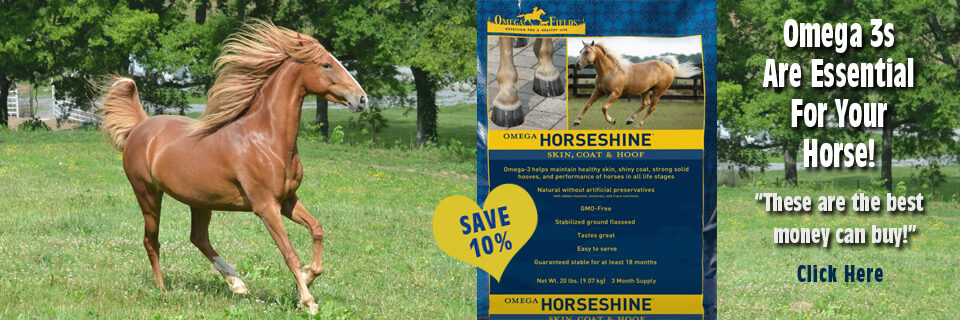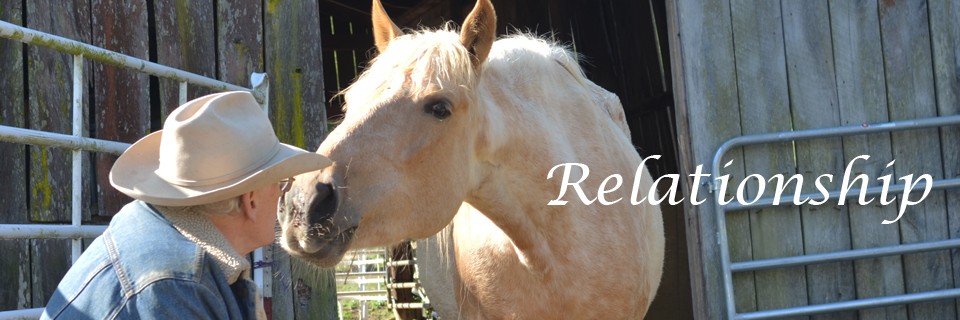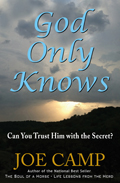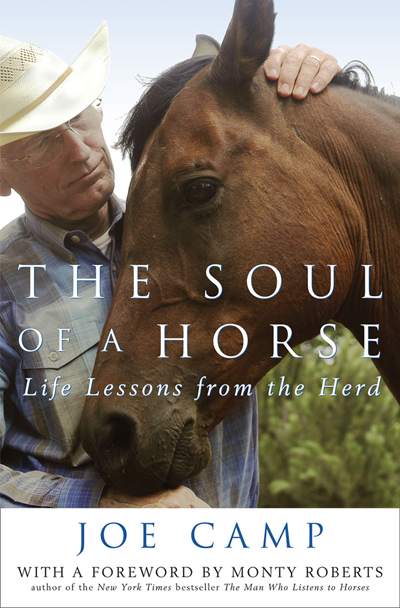 Our Mouse, coming up on physical maturity.
Our Mouse, coming up on physical maturity.
Almost ready to start at 7 years old.
Below is the link to the best article I’ve ever read on this subject. It teaches that no horse, of any breed, in any country, at any time in history either now or in the past, has ever been physically (skeletally) mature before it is six years old (plus or minus a few months), including every healthy, domestically-raised male and most female horses on the planet. Gaited horses (Tennessee Walkers, American Saddlebreds, etc) can require up to 8 years to fully mature skeletally. Our Mouse (above) is a rescued Saddlebred.
The Link to the article:
http://www.equinestudies.org/ranger_2008/ranger_piece_2008_pdf1.pdf
This article is written by Dr. Deb Bennett Ph.D. Dr. Bennett is a 1984 graduate of the University of Kansas, and until 1992 was with the Smithsonian Institution. She is considered by many to be an authority on the classification, evolution, anatomy, and biomechanics of fossil and living horses.
Below are a few key quotes from the article (but I encourage you to take the time to read the entire paper).
“Believe it or not many vets are totally unaware, as many members of the general public are also unaware, that horses have more than one “growth plate”, that there are multiple ossification centers pertaining to every bone of the body outside of the skull, and that the schedule of growth-plate closure (which begins around the time of birth and extends until the sixth year, and is coordinated with the eruption schedule of the teeth) has been well known to veterinarians, paleontologists, zooarchaeologists, and mammalogists since the early 19th century.”
“There is no such thing [as a] slow-maturing breed. The Quarter Horse is not an ‘early maturing’ breed – and neither is the Arabian a ‘slow maturing’ breed. As far as their skeletons go, they are the same. This information comes, I know, as a shock to many people who think starting their colt or filly under saddle at age two is what they ought to be doing. “
It’s about more than just growth plates:
“While growth in cannon bone length stops with the fusion of both growth plates at around 1 ½ years of age, increase in cannon bone girth does not taper off until close to 5 years of age, and essentially the same can be said for the girth of any other limb element, with those bones located higher up in the body maturing later.”
It is the spine, not the limbs, that the horse primarily uses to govern overall coordination of the limbs
“Most of the growth plates above the distal radius in a three year old horse are unfused, including, most importantly, those of the animal’s spine. It is the spine of the horse that governs the overall coordination of the limbs and the animal’s running “style”. It is the spine, not the limbs, that the animal primarily uses to compensate for potholes, slick spots, and other irregularities in the race track [or any track]. The higher the speed and the greater the physical effort, the more important it is that the animal have all of its joints mature and in good working order. While catastrophic failures are uncommon, more subtle distal limb disease and chronic pain and dysfunction in two and three year old racehorses are commonly diagnosed and are major causes for the “wastage” of young Thoroughbreds.”
“The demand for all-out speed from any animal that is not skeletally mature is a recipe for disaster.”
“What people often don’t realize is that there is a “growth plate” on either end of every bone behind the skull, and in the case of some bones (like the pelvis or vertebrae, which have many “corners”) there are multiple growth plates.”
“The lateness of vertebral “closure” is most significant for two reasons. One: in no limb are there 32 growth plates! Two: the growth plates in the limbs are (more or less) oriented perpendicular to the stress of the load passing through them, while those of the vertebral chain are oriented parallel to weight placed upon the horse’s back. Bottom line: you can sprain a horse’s back (i.e. displace the vertebral physes – see Figs. 5 and 8) a lot more easily than you can displace those located in the limbs.”
“So do you then have to wait [to start your horse] until all these growth plates convert to bone? No. But the longer you wait, the safer you’ll be. Owners and trainers need to realize there’s an easy-to-remember general schedule of fusion – and then make their decision as to when to ride the horse based on that rather than on the external appearance of the horse. For there are some breeds of horse – the Quarter Horse is the premier among these – which have been bred in such a manner as to look mature long before they actually are mature. This puts these horses in jeopardy from people who are either ignorant of the closure schedule, or more interested in their own schedule (for futurities or other competition) than they are in the welfare of the animal.”
“Bottom line: if you are one of those who equates “starting” with “riding”, then I guess you better not start your horse until he’s four. That would be the old, traditional, worldwide view: introduce the horse to equipment (all kinds of equipment and situations, with the handler on the ground) when he’s two, add crawling on and off of him at three, saddle him to begin riding him and teaching him to guide at four, start teaching him maneuvers or the basics of whatever job he’s going to do – cavalletti or stops or racing or something beyond trailing cattle – at five, and he’s on the payroll at six. The old Spanish way of bitting reflected this also, because the horse’s teeth aren’t mature (the tushes haven’t fully come in, nor all of the permanent cheek teeth either) until he’s six. This is what I’d do if it were my own horse.”
The Link to the article:
http://www.equinestudies.org/ranger_2008/ranger_piece_2008_pdf1.pdf
Read About Our Mission
Read More
Download Flyer
Buy ’em – Try ’em
Save 10% by clicking this link
and using the coupon code JOECAMP10 at checkout
Send a copy of your Omega Nibblers email purchase confirmation to
nancy@thesoulofahorse.com
and receive a free PDF copy of Training with Treats!
—–
The story of our journey with horses (to date) is told in the two books that follow: the national best seller The Soul of a Horse – Life Lessons from the Herd and its sequel Born Wild – The Soul of a Horse.
And what a story it is as two novices without a clue stumble and bumble their way through the learning process so that hopefully you won’t have to. If you haven’t read both of these books already please do because with that reading, I believe, will come not just the knowledge of discovery but the passion and the excitement to cause you to commit to your journey with horses, to do for the horse without waiver so that your relationship and experience will be with loving, happy and healthy horses who are willing partners and who never stop trying for you. Horses like ours.
The highly acclaimed best selling sequel to the National Best Seller
The Soul of a Horse – Life Lessons from the Herd
#1 Amazon Best Seller
#1 Amazon “Hot New Releases”
Amazon & Kindle
B&N
Order Personally Inscribed Copies of Born Wild
Order Both The Soul of a Horse & Born Wild – Save 20%
Both Personally Inscribed
Please list the names for each inscription in the “instructions to Seller” field as you check out!
Read More About Born Wild
Read More About The Soul of a Horse
Watch The Soul of a Horse Trailer
Watch the Born Wild Trailer
But first read the National Best Seller that started it all
now in it’s 17th printing:
























































[…] Last week, he joined the call for Maturities, not Futurities. […]
This was the way years ago….today $$$ rules!!
and so then. . . don’t put shoes on until 6 or 7. . .and then if you’ve waited that long, you won’t need them!
[…] Bennett, as excerpted at https://thesoulofahorse.com/blog/no-horse-is-physically-skeletally-mature-before-5-5-to-6-years-old/ […]
[…] Last week, he joined the call for Maturities, not Futurities. […]
I subscribe to Equus magazine & Deb Bennett very often has articles there. She sure does know her stuff. I’ve been telling people for years that to ride 2 year olds is just not good for them.
In so many ways! I’m sure the racing industry doesn’t want to hear this nor the many futurities.
Thanks Joe – You have smartened me up in many ways!
Maggie… The sad part is that the racing people know. They just refuse to act on that knowledge. Which leaves others, regular horse owners, believing it’s okay. To the racing folks: What you say and do in this world does have consequences. You can choose whether yours will be positive or negative.
So glad I found you and your facebook page today. This encourages me to continue to stand for integrity in training. I refuse to train horses to go under saddle who are less than 5.5. year old as a rule. Most times, I will only take them in when they are 6 or older. Folks can’t believe I would turn away $$ and not train sooner! I am FOR the horse NOT about the $$!!! I have worked with enough horses to know that the more mature they are overall, the better and easier they are to develop. Before the age of 6… my heavens..so many things I can do …like liberty work and perfecting manners and desensitizing,etc. Heck, liberty work takes a lifetime to perfect. And then when it’s time for saddle work at age 6 or better… the horse is already there. :)
That’s terrific Eve. So many do not follow your philosophy, which really is a philosophy for life as well as horses. Stand tall! Keep on keepin’ on.
Thanks Joe for the article.
Dr. Deb is a huge advocate of the American Saddlebred. I have been riding them my entire life. Years ago we always started our ASB’s at the age of five or older. Saddlebreds are usually slow to mature but age well with good care.
It breaks my heart to see the gaited horses started at such an early age and our in the showring at age two. This applyies to other breeds as well.
There are those of us who love our horses and those who ride their ego at the expense of the horse.
All true.
BRAVO, Joe! I’ve shared Dr Bennett’s article so many times, but I usually hear, “I don’t ride my two year old very long, just short trail rides.” And it kills me to know that the most famous trainers and clinicians and jockeys all start them that early. You have much more credibility than most, maybe you can get this proven information out to them!
We just keep dripping away Robynne :).